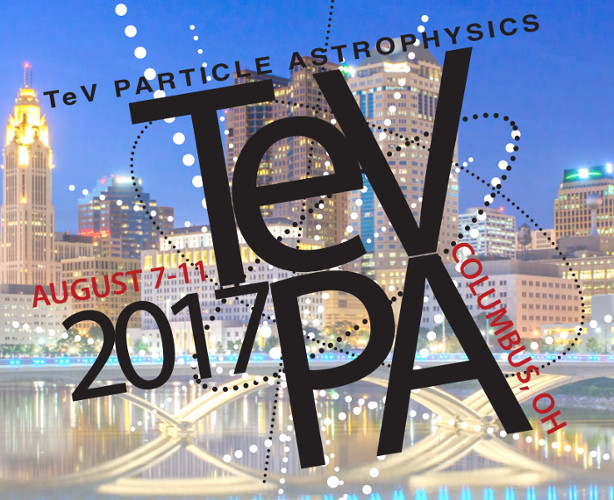Speaker
Description
While the $\Lambda$CDM paradigm has been extremely successful in matching observations of dark matter structure at large scales, several discrepancies between observations of dark matter structures at smaller scale (galactic and below) and $\Lambda$CDM's predictions have motivated particle physicists to consider an self-interacting dark matter (SIDM) as a possible solution. In this talk I will focus on how SIDM may solve the so-called 'diversity problem', in which the wide range of dark matter density profiles as inferred through the rotation curves of nearby galaxies are difficult to reproduce through baryonic feedback in $\Lambda$CDM. SIDM allows for a wide range of scatter in the core sizes of dark matter halos in the following ways: (1) Collisional scatterings between dark matter particles thermalize the inner regions of the dark matter halo and let its density profile adjust in response to the baryonic gravitational potential; and (2) scatter in the concentration-mass relation leads to scatter in the halo core size at fixed halo mass. Taking these two effects into account ,we fit the SIDM scattering cross section and galaxy parameters for nearby galaxies in the SPARC sample. We find a clear preference for the SPARC rotation curves to be fit with SIDM cross sections >$\mathcal{O}(0.1)$ cm$^2$/g.




